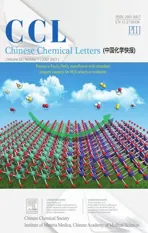Allylation and alkylation of oxindoleketimines via imine umpolung strategy
2021-10-12MeiHuaShenChenLiQingSongXuBinGuoRuiWangXiaoqianLiuHuaDongXuDefengXu
Mei-Hua Shen*,Chen Li,Qing-Song Xu,Bin Guo,Rui Wang,Xiaoqian Liu,Hua-Dong Xu,Defeng Xu*
Jiangsu Key Laboratory of Advanced Catalytic Materials & Technology, School of Pharmacy, Changzhou University, Changzhou 213164, China
ABSTRACT When treated with an alkoxide base like t-BuOK in aprotic solvent,N-diphenylmethyl imino oxindoles,made conveniently through condensation of corresponding isatins with N-diphenylmethyl amine, are deprotonated to form azaallyl anions.Allylation and alkylation of this type of intermediates proceed smoothly with diverse C-electrophiles.Acidic work up finishes 3-amino-3-allyl/alkyl oxindoles.The overall transformation equals to an umpolung process at the C3 of isatins.
Keywords:Allylation Alkylation Azaallylaion Umpolung Oxindleketamine Spiro oxindole
Occurring widely both in nature products and synthetic agents of biologic significance, the structurally unique 3-substituted 3-amino-2-oxindole moiety is becoming a popular and privileged substructure in medicinal chemistry [1–7], as embodied by Chartellines A–C [8], gastrin receptor antagonist AG-041R [9],anti-bacterial agent spirooxindole 1 [10], anti-cancer agent 2 [11]and HIV protease inhibitor 3 [12] (Fig.1).In the past 15 years,developing new protocols for the construction of this framework has constituted an active topic among synthetic chemists leading to a plethora of creative methods [1,2].Almost all of literature syntheses fall in roughly three strategies (Scheme 1).Firstly,3-alkyl oxindolate anion 5 reacts with appropriate electrophilic nitrogen sources leading to the formation of tetra-substituted oxindoles 4 (path a) [13].Alternatively, alkylation of 3-amino oxindolate anion 6 with C-electrophiles can afford 3-amino-2-oxindole as well (path b) [14–32].The addition of alkyl nucleophiles over the convenient oxindole imines 7 provides the third and probably the most widely adopted tactic (path c)[33–54].Impressed by the umpolung reaction of imines [55–60],which could construct a C(sp3)-C(sp3) and a C(sp3)-N bond simultaneously on a single carbon through the immediacy of azaallyl anion [61–69], we argued that this chemistry, if effective with oxindole(8)derived ketimine 9,would provide a facile access to 3-alkyl-3-amino-2-oxindole considering the readily available oxindoles(path d).Herein,we would like to disclose our progress along this direction and report on a new preparative protocol for the core substructure under discussion.
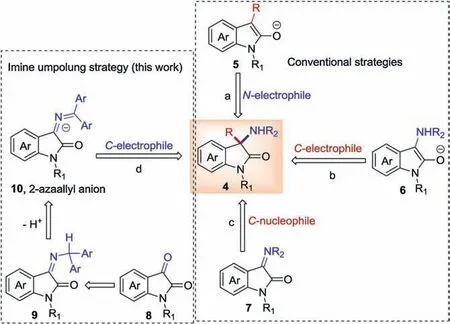
Scheme 1.Conventional and imine umpolung strategies toward 3-alkyl-3-amino oxindole.
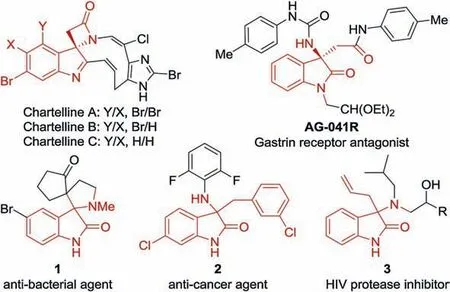
Fig.1.Selected 3-alkyl-3-amino oxindoles of biological importance.
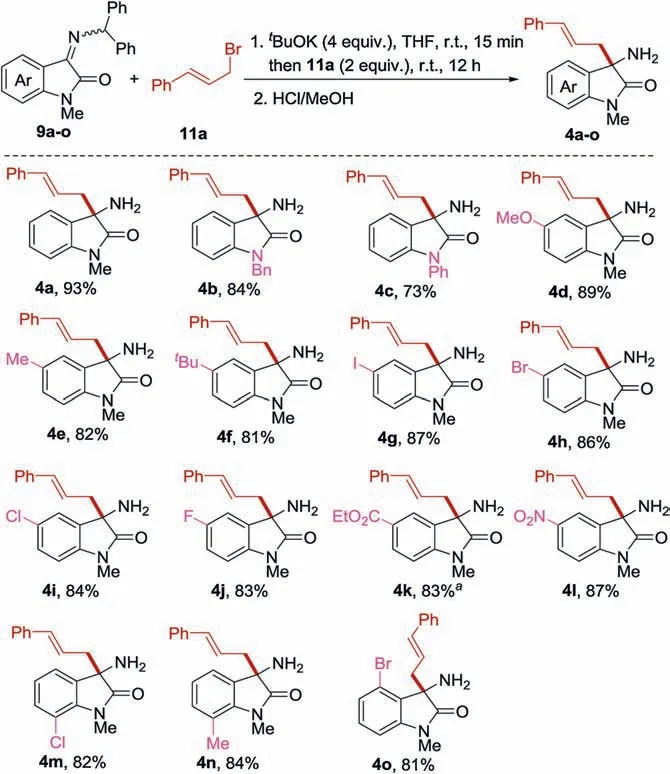
Scheme 2.The scope of oxindole ketimines.On a 0.25 mmol scale,isolated yields were reported.aHydrolyzed with AcOH in MeOH.
Our studies began with exploring the reaction of N-diphenylmethyl ketimine 9a with cinnamyl bromide 11a(Table 1).Almost no reaction was detected after the introduction of 11a into a premixed solution of 9a with 2 equiv.Cs2CO3in dichloromethane followed by stirring for 48 h at room temperature (entry 1).Employment of NaOH powder in place of Cs2CO3resulted in a mixture with gradually deepened red color in 30 min.Upon addition of the allyl bromide, the red color faded away in 2 days and the desired 3-allyl-3-amino oxindole 4a was obtained in a 10%yield after hydrolysis (entry 2).Impressively, an immediate color change to dark red took place with KOH as the base and a remarkable increment in the yield to 52%was observed(entry 3),manifesting the noticeable beneficial effects of the potassium counter ion on the reaction in comparison with its sodium congener.By using t-BuOK instead, instantaneous color change took place resulting in a further yield improvement to 67%(entry 4).Evaluation of several common solvents spanning a range of polarity (PhMe, THF, dioxane, MeCN, DMF) enabled the quick identification of THF as the optimal reaction medium,furnishing a clean reaction with a yield as high as 85%in only 12 h(entries 5–9).Cutting down the quantity of electrophile 11a to 1.2 equiv.led to a slight drop in yield(entry 10).On the other hand,base deduction to 1.2 equiv.caused a drastic yield decline(entry 11),while triple-fold excess of t-BuOK could further promote the yield to 93%(entry 12).The appearance of the characteristic red color proved the formation and persistence of the corresponding 2-azaallyl anion 10a.By now, the proof-of-concept reaction for umpolung alkylation of oxindole ketimine with C-electrophile was realized.
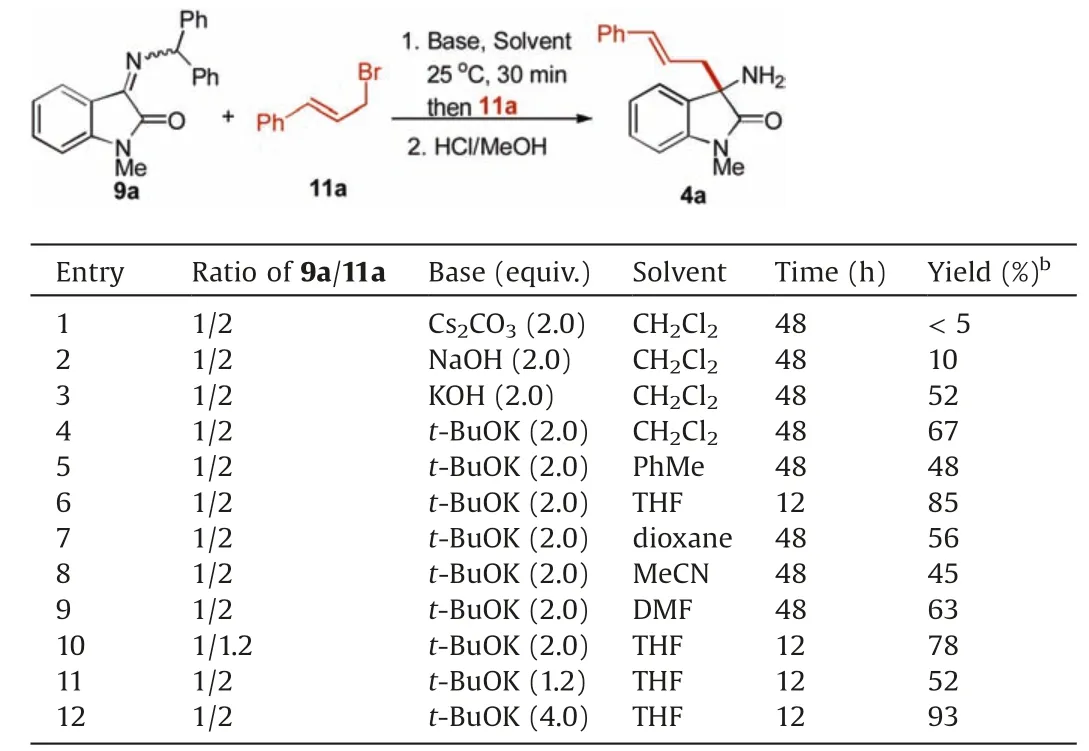
Table 1 Proof of concept and condition optimization.a
With optimized conditions in hand for the C3-alkylation of oxindole imine,we proceed to explore the scope of the ketimines(Scheme 2).As expected,9b with NBn group reacted smoothly to give 4b in a high yield (84%) after column chromatography.The reaction of 9c afforded product 4c in a yield of 73%, and this perceptible yield decrease might attribute to the less stable NPh lactam group.Oxindole imines 9d-f carrying electron releasing substituents MeO, Me and t-Bu at C5 reacted equally well with cinnamyl bromide to give 4d-f in excellent yields (81%–89%).Halogenation at the same position did not exert any adverse effects on this process as evidenced by constantly high conversions of 9g-j to products 4g-j.Gratifyingly, with strong electron withdrawing ester and nitro groups at C5, 4k and 4l were obtained in 83% and 87% yield respectively from corresponding substrates 9k and 9l.These results shown that not only halides but also ester and nitro groups are compatible with the current basic conditions.The high yields of m and 4n indicated that substitution at C7 could barely affect the reaction outcomes.4-Br oxindole derived ketimine 9o achieved 4o in 81%yield as well,in spite of the potential hindrance around the reacting site.These functionalities provide convenient handles for further chemical manipulations of these useful products.
Next, with 9a as the azaallyl anion precursor, we turned to explore the scope of electrophiles for this coupling process(Scheme 3).ortho-,meta-and para-Brominated cinnamyl bromides 11b-d as well as the para-chloro homologue 11e all reacted equally well as their parent bromide 11a, delivering 4′b-e in high yields (81%–88%).With 4-methoxylated cinmmyl bromide 11f, a similar yield of 4′f was obtained.In the comparison with allyl bromide( g),allyl iodine( g')served as a better electrophile in terms of reactionyield(74%vs. 82%).Other aliphatic allyl halides such as(E)-crotyl chloride( h),prenyl bromide(11i)and methylallyl chloride( j) are all viable electrophiles affording 3-allyl-3-amino oxindoles 4′h-j without any difficulties.The modest yields observed in these cases might be due to the relatively more labile alkenyl groups in the strong acidic hydrolyzing conditions.3-Amino-3-propargyl oxindoles 4′k-m were obtained all in good yields under the same conditions by coupling with related propargyl electrophiles 11k-m (66%–77%).Besides halides,sulfonate could also serve as a good leaving group as evidenced by the efficient coupling reaction of 9a with 2-butynyl mesylate( 11l, 77% yield).At last, the azaallyl anion mediated nucleophilic C-alkylation of 9a with a series of benzyl halides also proceeded smoothly,giving rise to 4′n-r in high to excellent yields (71%–86%).The hindrance imposed by the o-Cl group in 11p might account for the 10%drop in yield of 4′p when compared with that observed for 4′o.
In order to figure out the viability of N-unprotected substrates for this protocol, NH free ketimine 9p was submmitted to the standard conditions employing allyl bromide g(2 equiv.)as the electrophile.Double allylated product 4p was isolated in a nice yield of 59%(Scheme 4a).To further demonstrate the usefulness of the current reaction in organic synthesis [70,71], gram-scale reaction was carried out with 9a.Pleasingly, 4′g was smoothly collected in 71% yield (Scheme 4b).
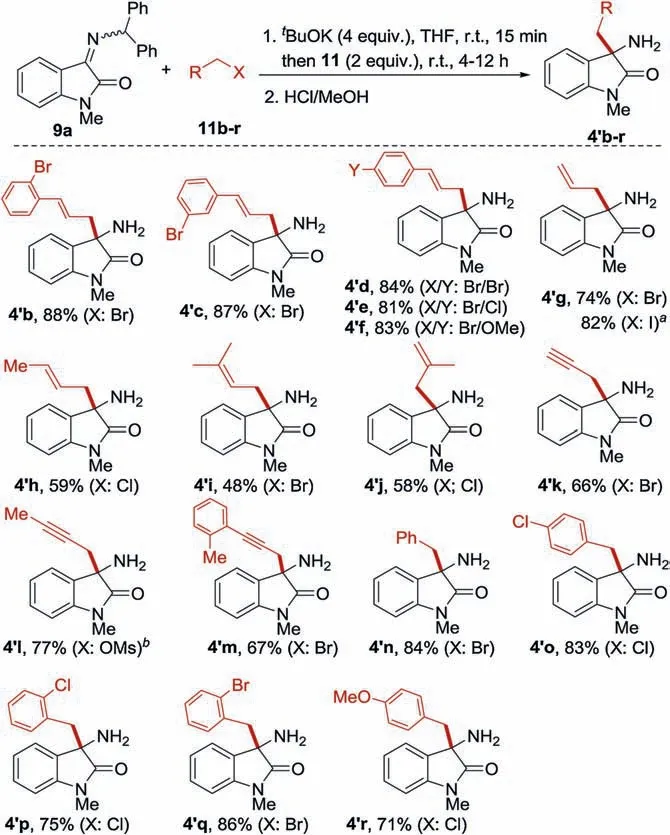
Scheme 3.The scope of electrophiles.On a 0.25 mmol scale, isolated yields were reported.a2 h.b6 equiv.of t-BuOK was used.
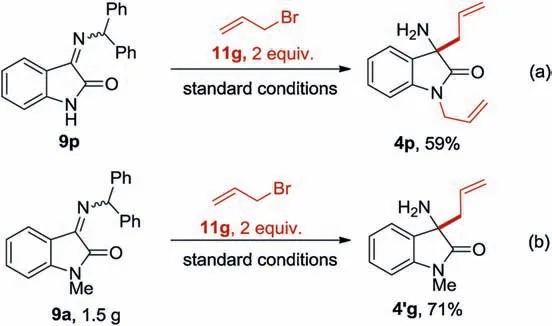
Scheme 4.Reaction of NH substrate and gram-scale synthesis.
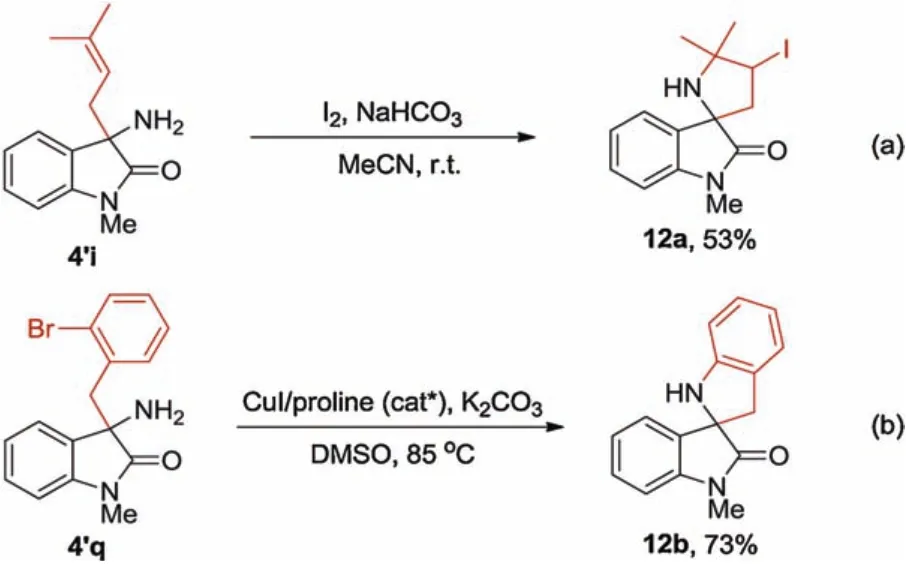
Scheme 5.Examples of application of products in synthesis.
The presence of the versatile allyl and propargyl groups endues the product with diverse potential transformations(Scheme 5).For example, treatment of 4′i with I2in the presence of NaHCO3in MeCN accomplished spirooxindole 12a successfully (Scheme 5a)[72].By applying Ullman-Ma coupling reaction [73,74], 4′q was also smoothly converted into benzofused spiroxindole 12b(Scheme 5b).It is worth to note that spirooxindoles make up a significant and highly wanted class of indole derivatives in the medicinal chemistry perspective [75–77].These showcases underscore the usefulness of current reactions.
In summary,a convenient method for the synthesis of important 3-amino-3-allyl/alkyl oxindoles has been developed by using an imine umpolung strategy.N-Diphenylmethyl imino oxindoles can be allylated or alkylated successfully with carbon based electrophilesat the C3position after treating with an appropriate base.This strategy of construction of oxindole quaternary C3 is realized through the in termediacy of azaallyl anions and provide a complementary access to 3-substituted 3-amino-oxidoles.Moreover, the products are also versatile molecules for further transformations,forexample,biologicalimport antspirooxindoles can be obtained readily by one-step reactions.
Declaration of competing interest
The authors report no declarations of interest.
Acknowledgments
The authors thank the National Natural Science Foundation of China (No.21672027) for financial support.This work is also supported by High-Level Entrepreneurial Talent Team of Jiangsu Province (No. 2017-37).
杂志排行
Chinese Chemical Letters的其它文章
- Perspective on antiferroelectrics for energy storage and conversion applications
- Advances in engineering RuO2 electrocatalysts towards oxygen evolution reaction
- Current research progress of photopolymerized hydrogels in tissue engineering
- Hydrogen peroxide-generating nanomedicine for enhanced chemodynamic therapy
- In-situ and one-step preparation of protein film in capillary column for open tubular capillary electrochromatography enantioseparation
- Porous α-Fe2O3/SnO2 nanoflower with enhanced sulfur selectivity and stability for H2S selective oxidation
